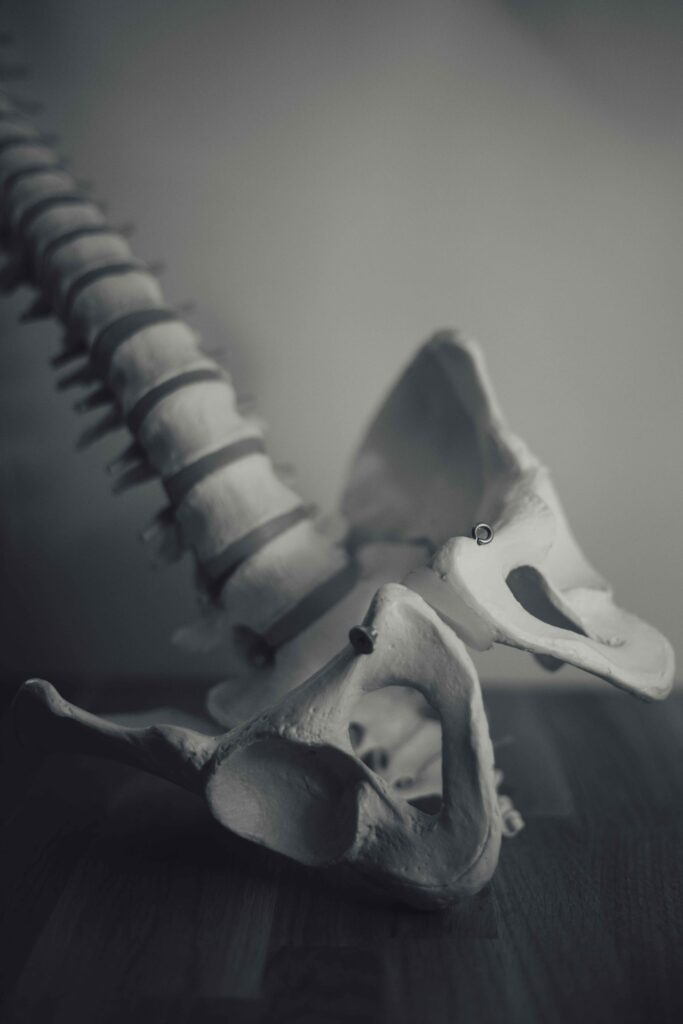Introduction
Men grappling with chronic pelvic pain or prostatitis often find themselves trapped in a frustrating loop of recurring symptoms and treatments that provide only temporary relief.
The Diagnostic Challenge
When seeking medical help, individuals with chronic pelvic pain or prostatitis are typically tested for infections or sexually transmitted diseases. While antibiotics or steroids may offer initial relief, prolonged use can lead to diminishing effectiveness and a cycle of recurring pain.
Pelvic Floor’s Role in Discomfort
Both urologists and patients often overlook or misunderstand the involvement of the pelvic floor in these conditions, leading to a lack of education and awareness regarding its crucial role in managing discomfort.
Identifying Pelvic Floor Involvement
Individuals experiencing chronic pelvic or perineal pain can perform a self-test by gently palpating different areas, including the abdomen, groin, perineum, inner thighs, and glutes. Discovering painful points can guide individuals in incorporating self-massage techniques for relief.

Self-Massage Techniques
Targeted self-massage, especially in the perineum using tools like a tennis or lacrosse ball, can significantly alleviate discomfort associated with chronic pelvic pain or prostatitis.
Stress Management
Addressing stress is pivotal in managing an overactive pelvic floor, commonly present in cases of chronic pelvic pain or prostatitis. Techniques like yoga, meditation, and pelvic floor relaxation exercises play a vital role in reducing tension.
Understanding the Demographics of Affected Individuals
Contrary to common belief, chronic pelvic pain or prostatitis isn’t exclusive to the elderly. Moreover, individuals in their twenties, thirties, forties, and even fifties can be affected, often suffering silently due to shame or guilt.
Prioritizing Relaxation Over Kegels
Rather than solely focusing on pelvic floor strengthening, individuals should prioritize relaxation strategies. Incorporating yoga, meditation, and pelvic floor breathing exercises into daily routines can significantly relieve tension.
Consistent Practice
To effectively manage chronic pelvic pain or prostatitis, consistent practice of relaxation techniques, self-massage, and mobility exercises is crucial. A recommended routine, practiced twice daily for six to eight weeks, can yield positive results.
Conclusion
Understanding the role of the pelvic floor in chronic pelvic pain or prostatitis is vital for effective management. By addressing stress, practicing relaxation techniques, and incorporating gentle self-massage, individuals can find lasting relief and escape the cycle of recurring pain. Consultation with a healthcare professional is advised for a comprehensive evaluation and personalized treatment plan.
You can also visit our other articles and also visit our Playlist.
